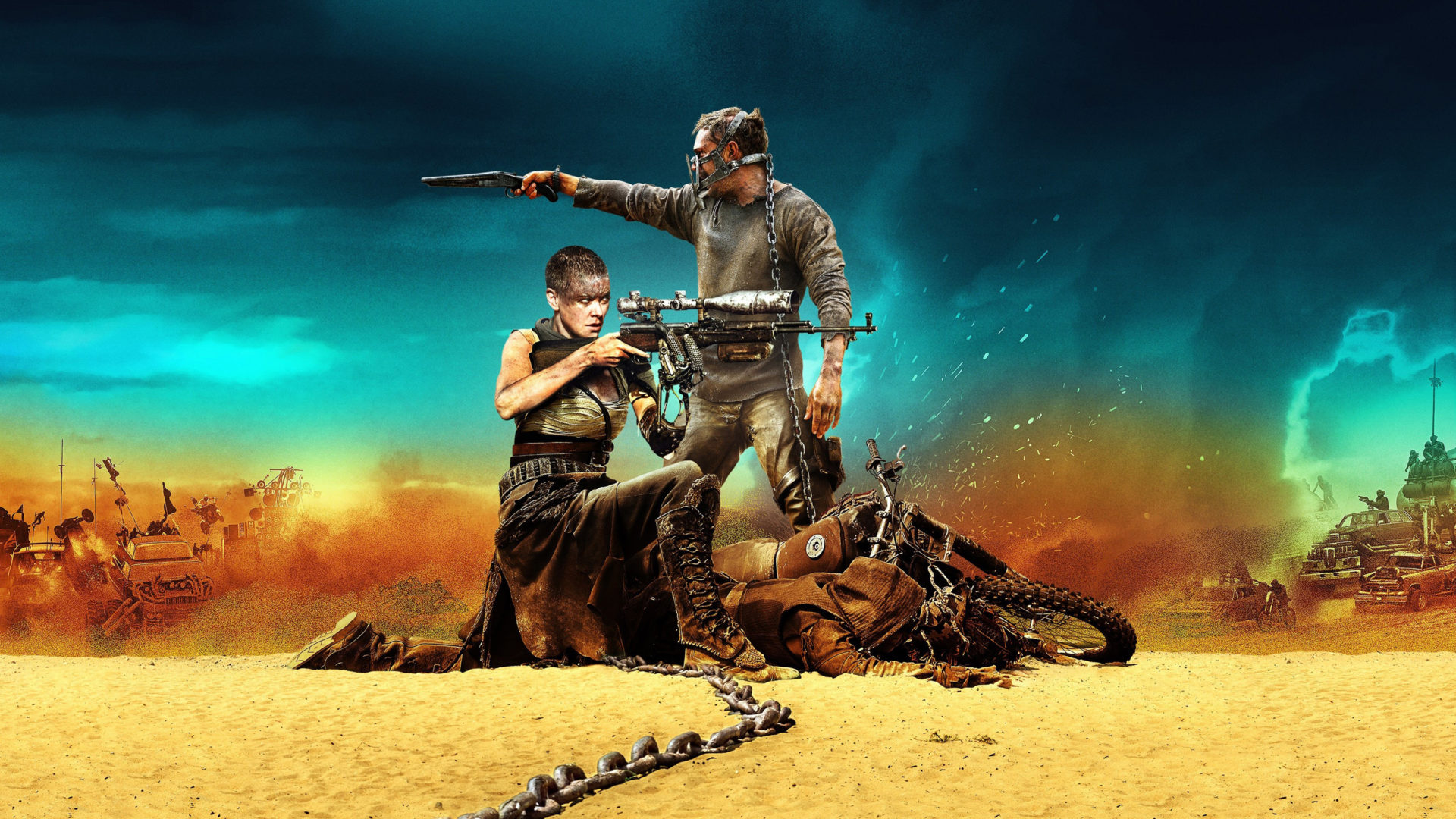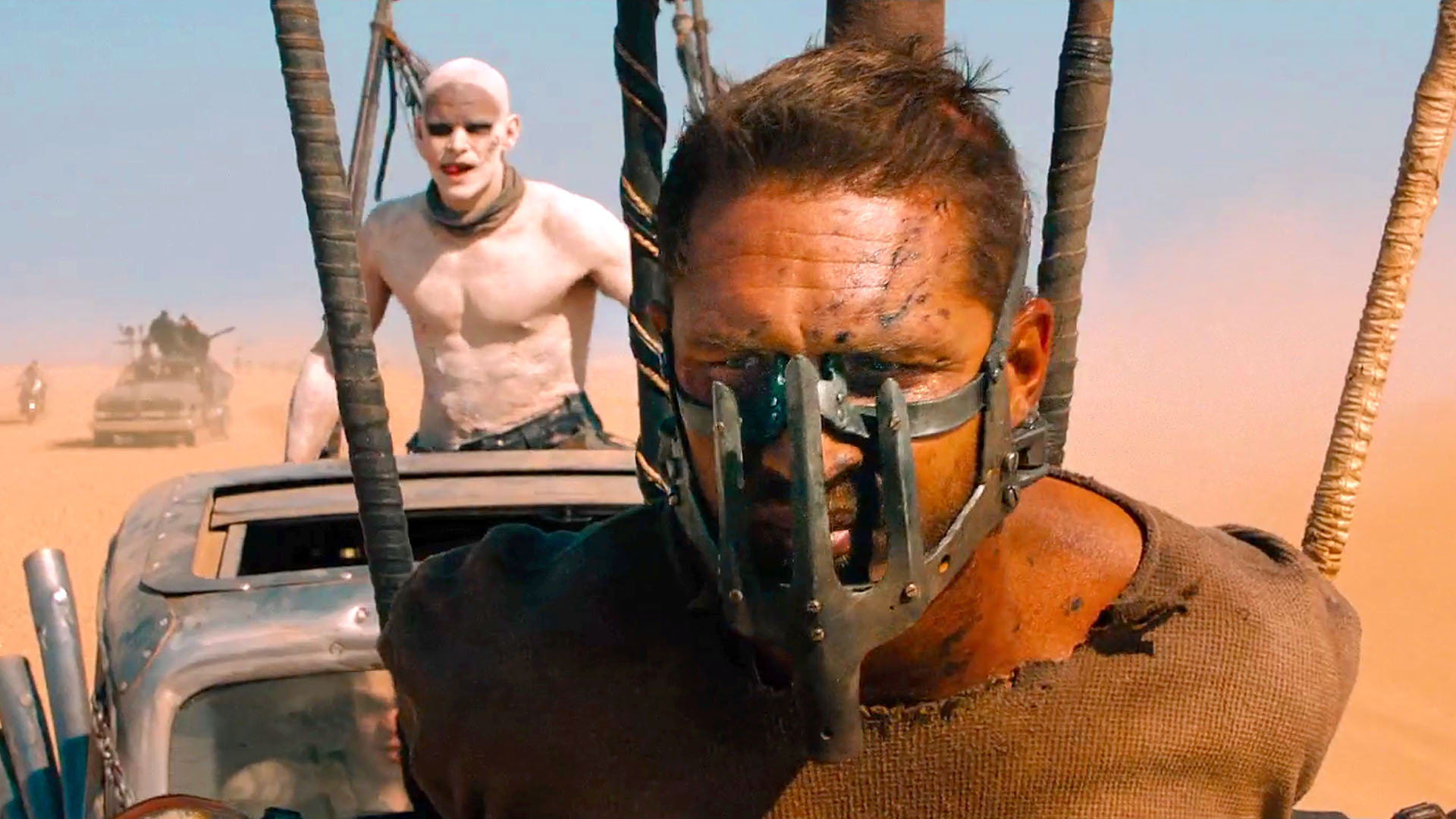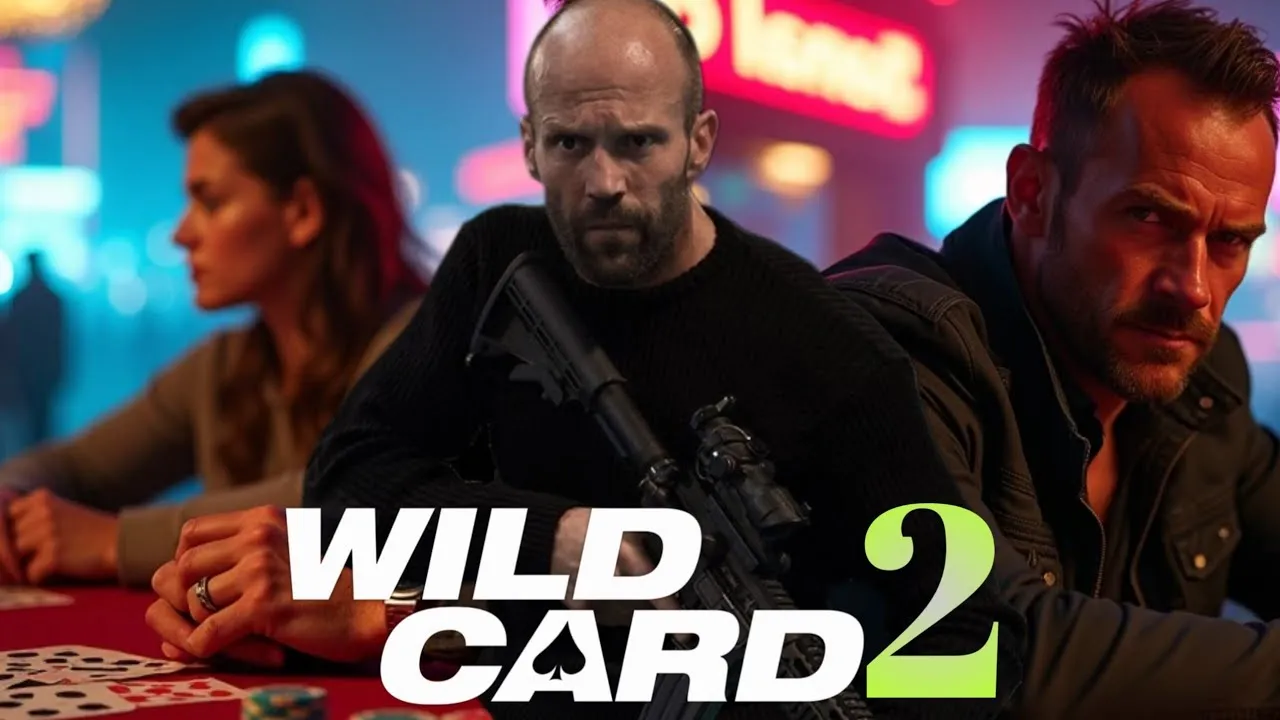When Mad Max: Fury Road roared onto screens in 2015, it did more than simply revive a cult franchise from the 1980s. Directed by George Miller, this explosive and visually breathtaking film redefined the action genre, delivering a relentless cinematic experience that merged kinetic energy, thematic depth, and a surprisingly feminist narrative. Despite minimal dialogue and a plot driven almost entirely by motion, Fury Road earned both critical acclaim and a slew of accolades, including six Academy Awards and a rare Best Picture nomination for an action film. Nearly a decade later, it still stands as one of the most original and daring blockbusters of the 21st century.
The story of Fury Road is deceptively simple. Set in a post-apocalyptic wasteland where water and gasoline are precious resources, the film follows Max Rockatansky (Tom Hardy), a former cop turned drifter, as he is swept into a high-speed escape led by Imperator Furiosa (Charlize Theron). Furiosa is fleeing the tyrannical warlord Immortan Joe, who controls a society built on exploitation, and she is determined to bring his “wives” — young women held as breeders — to freedom.
The film is essentially one long chase scene, but within that framework, Miller and co-writers Brendan McCarthy and Nico Lathouris build a world brimming with meaning. The sparse dialogue allows the visuals and the action to tell the story, using cinema’s oldest language: movement. Every twist of the road, every explosion, every character design contributes to the world-building. The plot may be linear, but its implications are vast.
One of the most talked-about aspects of Fury Road is its feminist subtext — or, arguably, its overt feminist theme. Furiosa is not a sidekick or love interest; she is the protagonist. Max, in a rare twist for a male action lead, is a helper in her journey. He does not rescue her; in fact, she saves him multiple times. Their relationship is based on mutual respect, not romance.
Furiosa’s mission is to liberate women from patriarchal tyranny. Immortan Joe's wives are shown as intelligent and independent, and they refuse to return to the role of subjugated property. Their resistance is symbolic of a larger struggle against systems of control and exploitation. Moreover, the introduction of the Vuvalini — a group of older women warriors — adds generational depth to the feminist message. In this world ravaged by war and ecological collapse, it is women who remember, nurture, and fight for renewal.
Visually, Fury Road is a triumph. Cinematographer John Seale crafts a palette of burning oranges and deep blues, saturating the desert landscape with stark contrasts and dreamlike intensity. The editing, by Margaret Sixel (who won an Oscar for her work), ensures that despite the constant motion, viewers never lose track of the action. In an age where CGI often dominates, Fury Road is notable for its reliance on practical effects. Most of the stunts were performed live, and the vehicles — monstrous, imaginative death machines — were all fully functional.

The use of minimal computer graphics gives the film a visceral quality that modern blockbusters often lack. You can feel the weight of the trucks, the wind of the sandstorms, the impact of every crash. Junkyard aesthetics meet baroque design in the War Boys’ culture and Immortan Joe’s fortress, the Citadel. The visual storytelling is dense with symbols and detail, rewarding multiple viewings.
Junkie XL’s thunderous score is another key element of the film’s immersive power. Blending heavy percussion, electric guitar, and orchestral elements, the soundtrack intensifies the on-screen chaos without overwhelming it. The music is not just accompaniment but propulsion. One of the film’s most memorable images — a Doof Warrior shredding guitar atop a rolling war rig equipped with giant speakers — is a literal representation of this approach. In Fury Road, even the music is weaponized.
Symbolism runs deep throughout the film. The Citadel’s control of water reflects real-world concerns about resource scarcity and inequality. Immortan Joe’s obsession with legacy and bloodlines echoes authoritarian regimes throughout history. Max’s arc — from isolated survivor to participant in collective struggle — mirrors a broader theme: survival is not enough; one must fight for something greater.
Fury Road arrived at a time when the action genre was often dominated by superheroes, CGI spectacles, and increasingly formulaic storytelling. Its boldness — in both form and content — reminded audiences of what action cinema could be. It was political without preaching, visually overwhelming without being incoherent, and character-driven without sacrificing pace.
Critics hailed it as a masterpiece, and it inspired debates not only about gender and action tropes but also about what constitutes meaningful cinematic storytelling. It was both old-school (in its reliance on practical effects) and radically modern (in its narrative structure and themes). For younger audiences, it introduced the Mad Max universe; for longtime fans, it elevated the franchise to mythic status.
In academic circles, Fury Road has been analyzed for its gender politics, ecological themes, and postmodern aesthetic. It’s a film that lends itself to both blockbuster enjoyment and scholarly critique — a rare hybrid in today’s cinematic landscape.
Mad Max: Fury Road is not just a great action movie; it is a film that challenges the conventions of its genre while remaining thrilling from start to finish. George Miller’s vision is both dystopian and hopeful, bleak yet beautiful. It is a story of resistance, redemption, and revolution told at 100 miles per hour. In an age of endless franchises and reboots, Fury Road proves that even the most familiar worlds can be reborn with imagination, courage, and a whole lot of gasoline.


-1754624053-q80.webp)

-1754559843-q80.webp)
-1755508461-q80.webp)